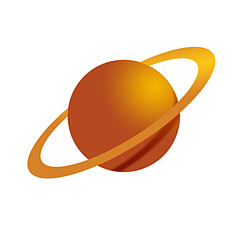

Frank Wilczek 2004 Nobel Prize #1 Metal Print

by Science Source
Product Details
Frank Wilczek 2004 Nobel Prize #1 metal print by Science Source. Bring your artwork to life with the stylish lines and added depth of a metal print. Your image gets printed directly onto a sheet of 1/16" thick aluminum. The aluminum sheet is offset from the wall by a 3/4" thick wooden frame which is attached to the back. The high gloss of the aluminum sheet complements the rich colors of any image to produce stunning results.
Design Details
Frank Wilczek is considered one of the world's most eminent theoretical physicists. He shared the 2004 Nobel Prize in Physics with David J. Gross and... more
Ships Within
3 - 4 business days
Additional Products

Photograph

Canvas Print

Framed Print

Art Print

Poster

Metal Print

Acrylic Print

Wood Print

Greeting Card

iPhone Case

Throw Pillow

Duvet Cover

Shower Curtain

Tote Bag

Round Beach Towel

Zip Pouch

Beach Towel

Weekender Tote Bag

Portable Battery Charger

Bath Towel

Apparel

Coffee Mug

Yoga Mat

Spiral Notebook

Fleece Blanket

Tapestry

Jigsaw Puzzle

Sticker
Metal Print Tags
Photograph Tags
Comments (0)
Artist's Description
Frank Wilczek is considered one of the world's most eminent theoretical physicists. He shared the 2004 Nobel Prize in Physics with David J. Gross and H. David Politzer for the discovery of asymptotic freedom, a theoretical finding concerning the behavior of subatomic particles called quarks. In 1973, Wilczek and his colleagues made an important discovery concerning the strong force, the force that binds together the particles inside atomic nuclei. Also known as the "color" force, it manipulates quarks, the tiny particles that make up protons and neutrons. The scientists found that the closer the quarks are to each other, the weaker the color force between them. This allows quarks very near each other to behave like free particles. Oppositely, as the distance between two quarks increases, the color force becomes stronger - much like how the tension along a rubber band increases the more it is stretched. This discovery led to a new physics theory, Quantum Chromodynamics (QCD). QCD became...
$106.00



There are no comments for Frank Wilczek 2004 Nobel Prize #1. Click here to post the first comment.